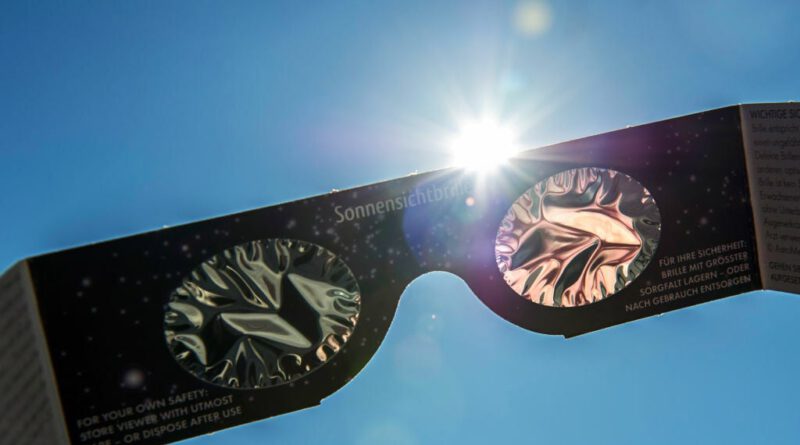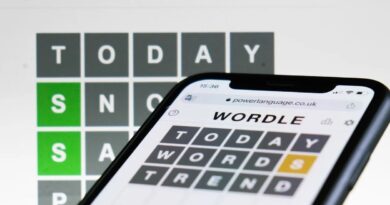A solar eclipse can cook your eyes. Here’s when to put the glasses on.
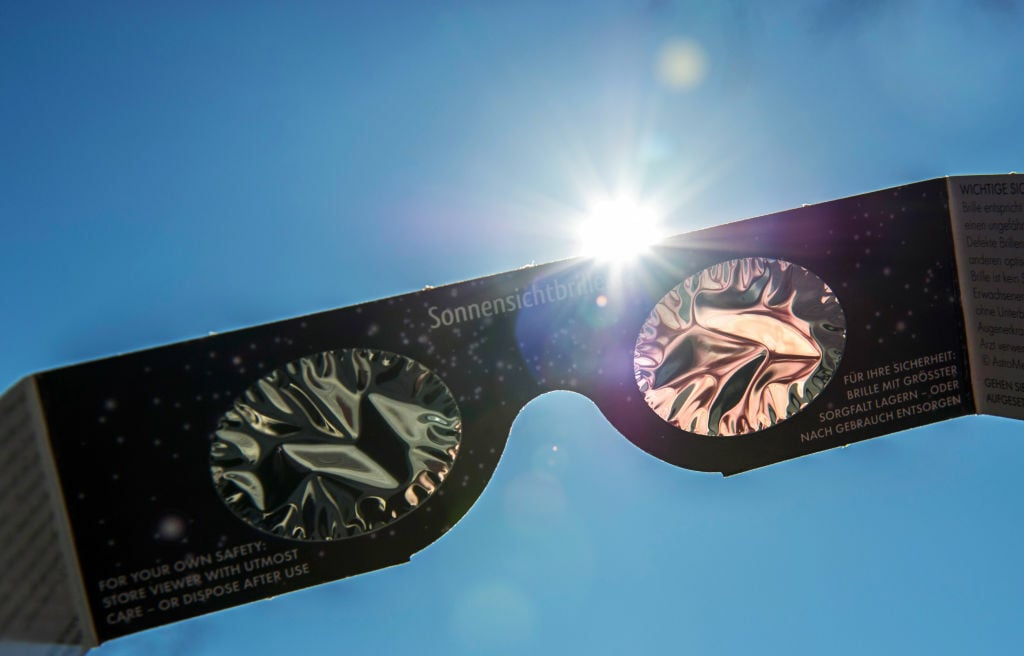
Millions of people are about to have the rare opportunity to look directly at the sun.
Those within the corridor created by the moon’s shadow — aka the “path of totality” — will get up to 4.5 minutes to take a gander with the naked eye during the total solar eclipse on April 8.
If that statement raises your hackles, you’re not alone. Parents have scolded children likely for centuries — long before NASA — on the dangers of staring at the sun. And it’s so ingrained in humans not to look, the natural instinct is to squint and wince when confronted with bright light, said Dr. Ralph Chou, a retired optometry professor from the University of Waterloo in Ontario.
“Your body has all sorts of things going on to prevent you from getting hurt,” Chou told Mashable. “We have what’s called the aversion reflex.”
For the most part, those warnings hold true, but total solar eclipses are the one exception. During this astronomical event, the moon comes between the sun and Earth in space. When they align, the sun is entirely hidden, and the sky darkens to twilight.
That’s when people can look in the direction of the sun, except instead of seeing that bright saucer of light, they’ll view the sun’s corona, a hazy glow around it. The corona is the outermost layer of the sun’s atmosphere, normally blown out by the much brighter solar surface.
But knowing when it’s safe to remove protective eclipse glasses during the event may not be so obvious to the layperson. It’s important to keep those shades with special eclipse-viewing filters on until the right moment, said Chou, who led the group that developed the international standard for solar eclipse viewers, known as ISO 12312-2.
When it’s safe to remove eclipse glasses
The key time is known as Baily’s beads, when sunlight pokes through the valleys on the edge of the moon. The effect looks like the discrete beads of a necklace. When the last of the beads is disappearing, then it’s safe to remove the protective glasses, he said.
“It may be fairly bright still with those beads, but it won’t harm your eyes,” said Chou, who was a professional astronomer before becoming an optometrist. “It only lasts a few seconds, and then they’re extinguished, and you get the total eclipse.”
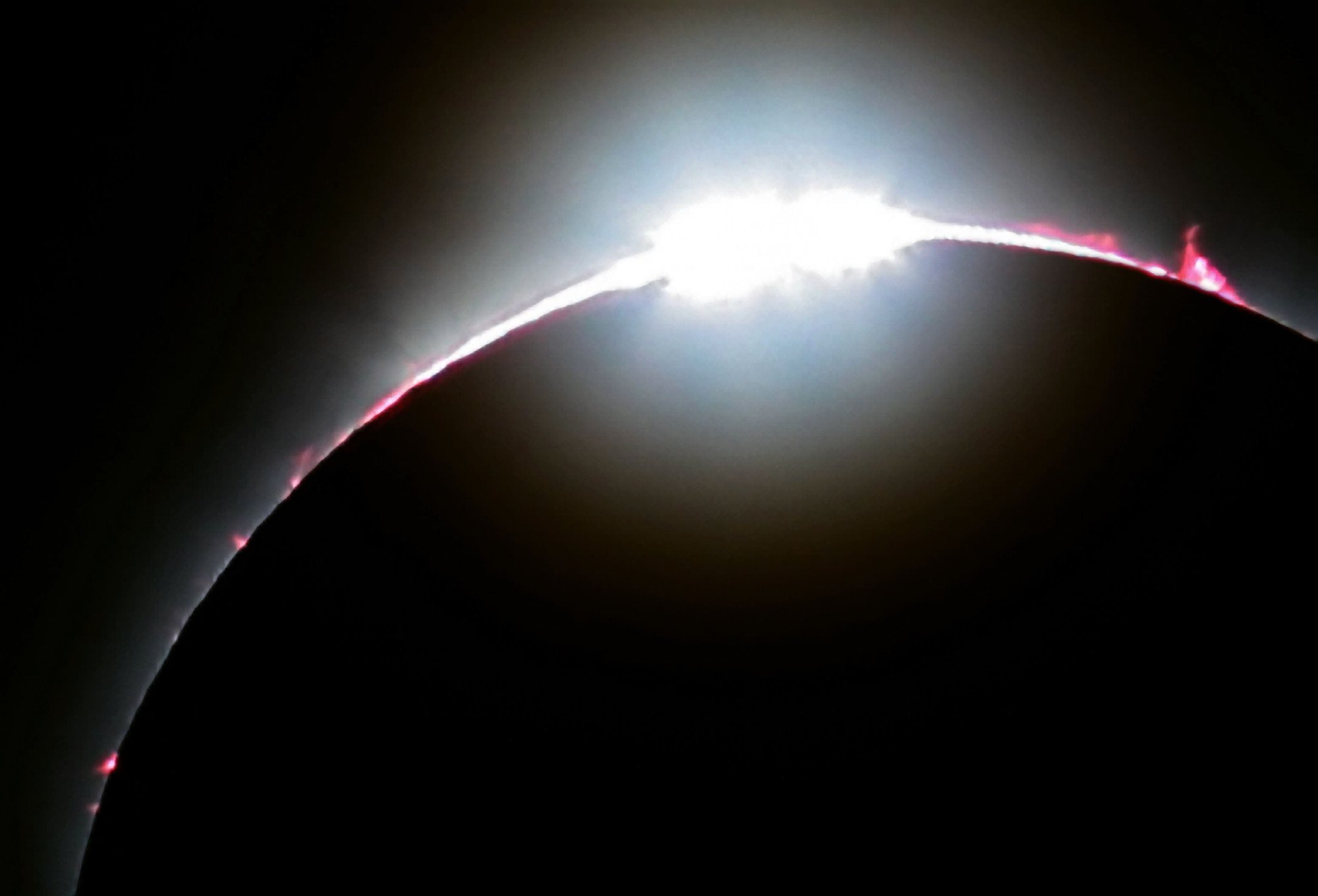
The length of time the sun is completely covered will vary depending on a spectator’s location. It’s time to put the glasses or solar viewer back on when the first flash of white light breaks free.
“It’s unmistakable because, all of a sudden, the world just turns so bright,” Chou said. “You’ve got enough time to get the glasses back in front of your eyes.”
At no time during a partial eclipse is it OK to look at the sun without protective glasses, so experts say it’s important for people to know if they are indeed in the path of totality. Seeing even a tiny crescent of sun is enough to cause irreversible damage.
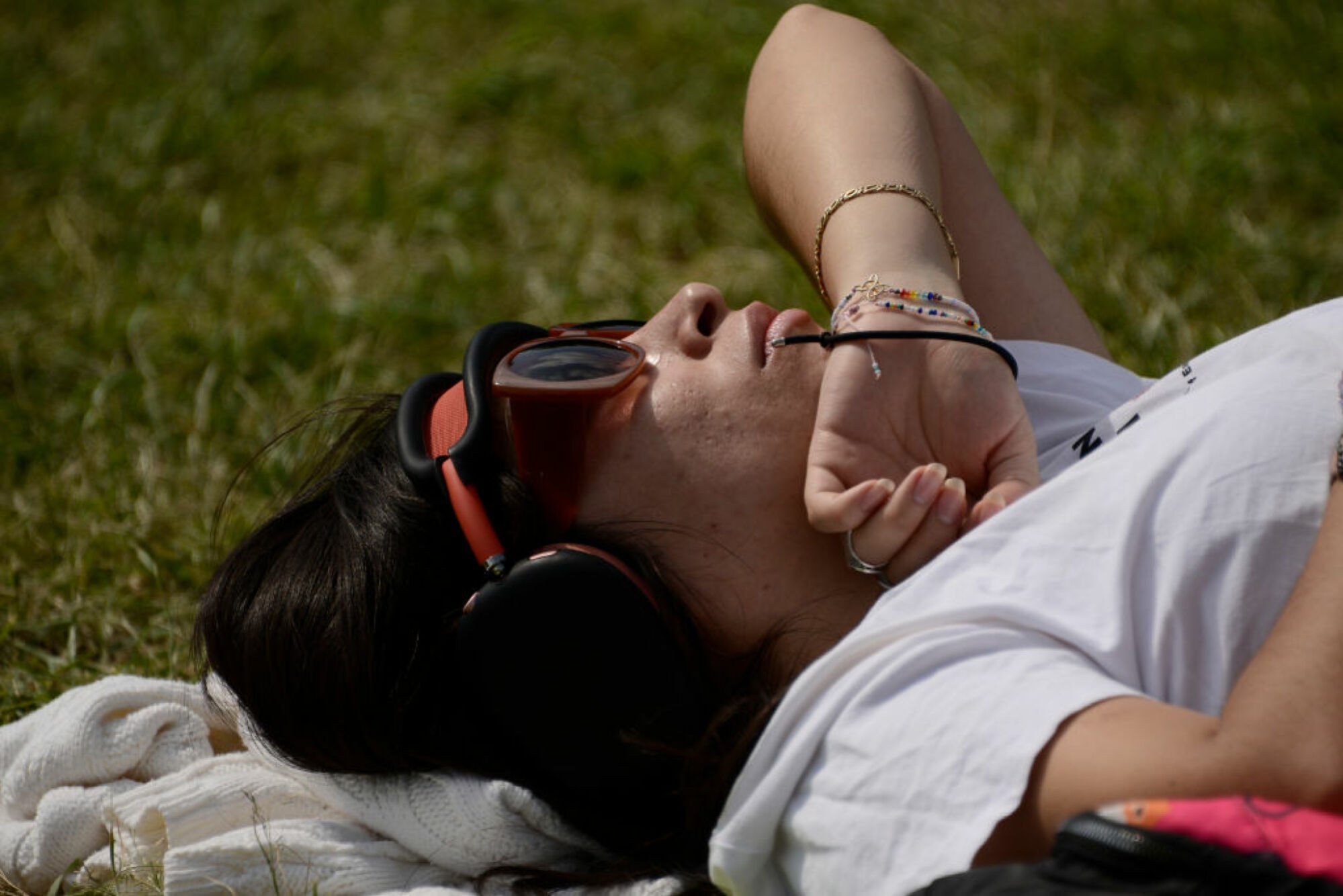
What happens to eyes while looking at the sun
The risk is solar retinopathy, a type of blindness caused by burns in the retina at the back of the eye. The retina’s job is to convert light into electrical signals to the brain through the optic nerve.
Without special protective eyeglasses, the retinas start to absorb the light that’s coming in from the sun. Once those light receptors are flooded, the overrun passes the retina and instead gets absorbed by the dark pigment lining the eyeballs. That’s when the cells start to suffer chemical attacks, Chou explained.
“The big danger about that is that when the pigment absorbs the excess radiation, it turns it into heat and raises the temperature inside the cells to the point where you actually start cooking the tissue,” he said. “That leaves you with a permanent scar at that point that cannot be repaired.”
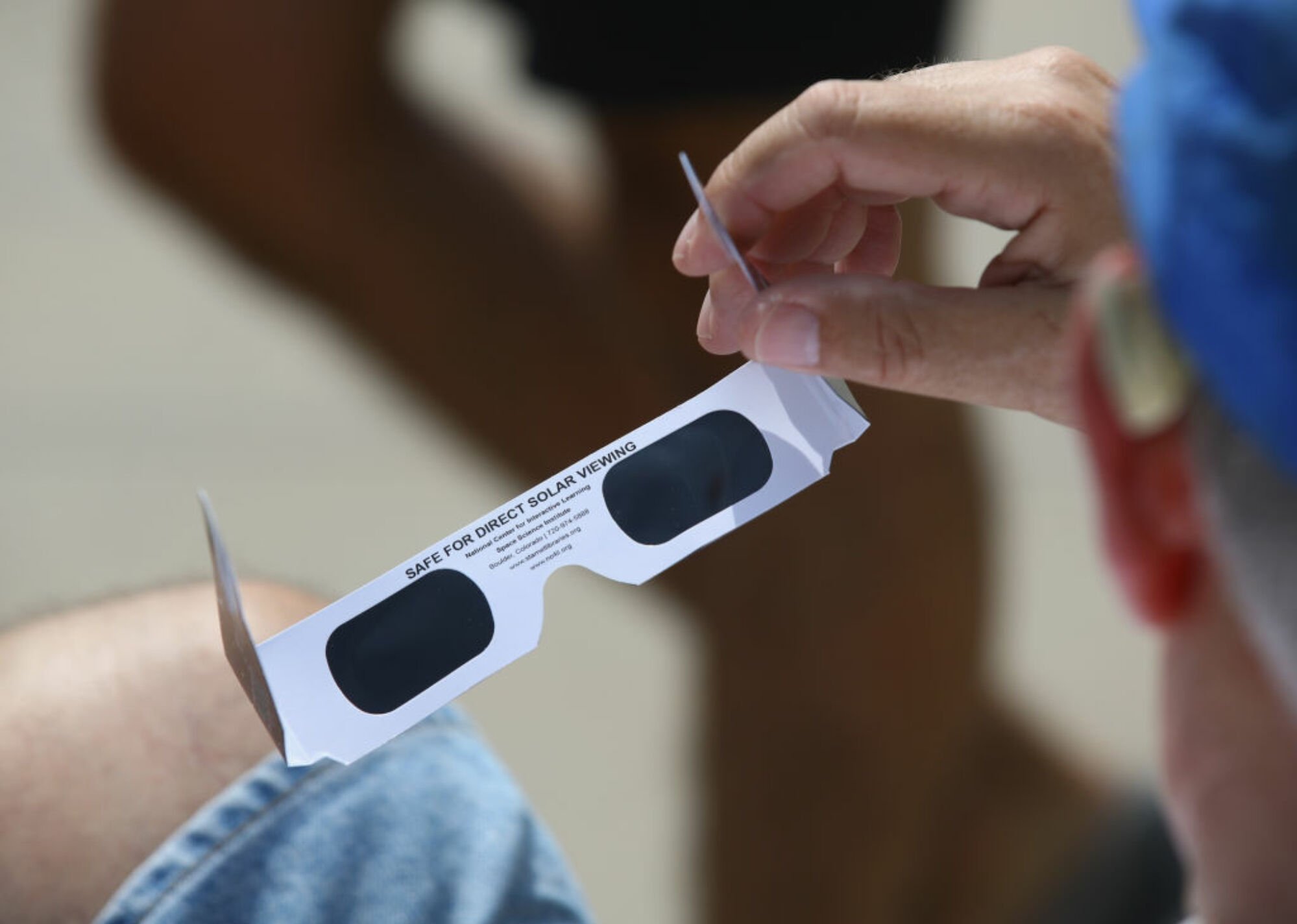
The extent of the damage depends on how much exposure a person gets of that direct sunlight. It’s not necessarily one long stare that causes irreparable damage; several glances add up, causing the same effect.
Despite being warned about these dangers, some people believe as long as their eyes don’t hurt, they’re fine. But because retinas don’t have pain receptors, a person would not feel the damage as it’s happening. People with retinal burns often don’t notice vision impairment until a few hours later.
Why you can’t wear sunglasses to look at the sun
Doctors also emphasize that everyday sunglasses are not strong enough to protect people while sun-gazing. The sun would still be roughly 10,000 times too bright, Chou said. Not only would sunglasses not reduce visible light to a safe level, but the materials in the glasses aren’t capable of blocking harmful infrared light.
“All of a sudden, the world just turns so bright.”
Eclipse glasses and viewers that meet international safety standards are so dark, people can’t even see their feet in front of them. If a person can, that’s a red flag they aren’t the right glasses, said Kelly Korreck, NASA’s program manager for the eclipse.
“You also want to be careful walking in these,” she told Mashable. “Make sure you’re standing in the place you want to look while you have them on.”
Experts also warn of a common user error with eclipse glasses: People tend to put them on, then try to take a picture with their phone or gaze through an unfiltered camera or telescope. The intense solar rays coming through those devices could damage the filters of the eclipse glasses — and, in turn, a person’s eyes.
Michael Zeiler, an eclipse cartographer, said even experienced eclipse chasers can get hurt if they’re not careful.
“I have a friend who caught a brief glimpse of a very thin partial eclipse through binoculars,” he said. “He definitely had a short-term visual impact. But after some time, after a few days, his vision was restored.”
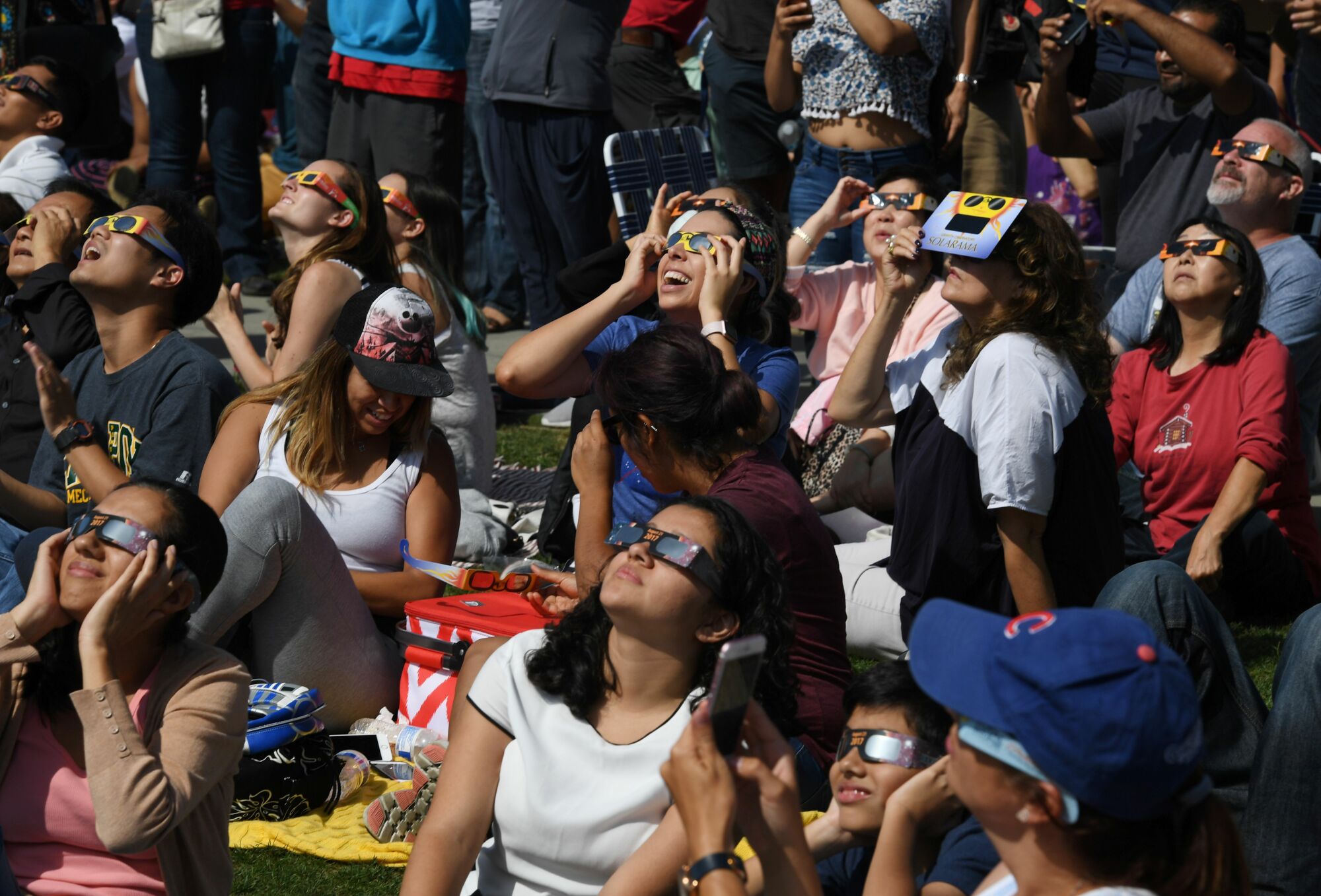
The international standards for solar eclipse glasses, established in 2015 by the Swiss-based International Organization for Standardization, sets the maximum and minimum limits for the darkness of the shades. That recommended range stems from the 1950s, when human studies were performed prior to modern bioethics.
While the United States developed atomic warheads, the military conducted experiments on servicemen in the Nevada desert to determine the impact of flashblindness. Troops were instructed to watch the fireball of a detonated nuclear bomb from about 10 miles away. Some of the participants suffered permanent eye damage.
In about half of retinal burn cases, cells regenerate and vision is restored. For the others, the damage is done.
“It’s very rare that you see a person who has fried their eyes so badly that they can be classified as legally blind,” Chou said. “But there are some who do.”
